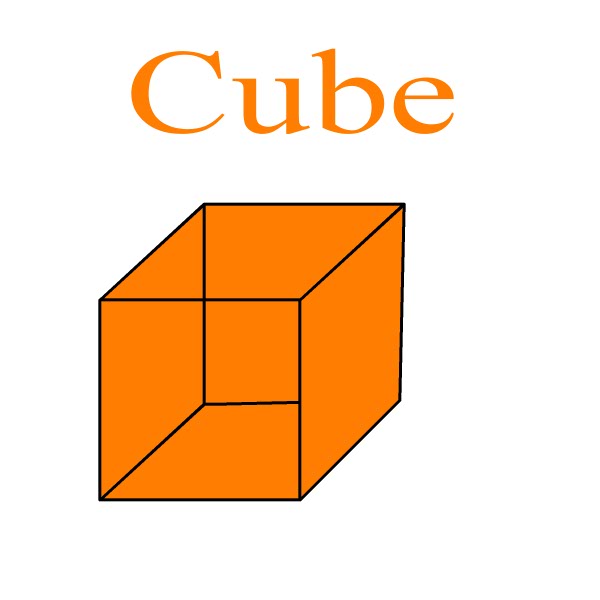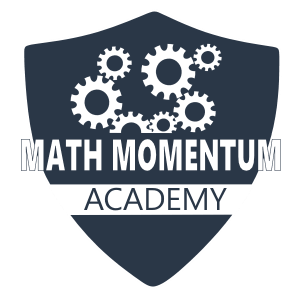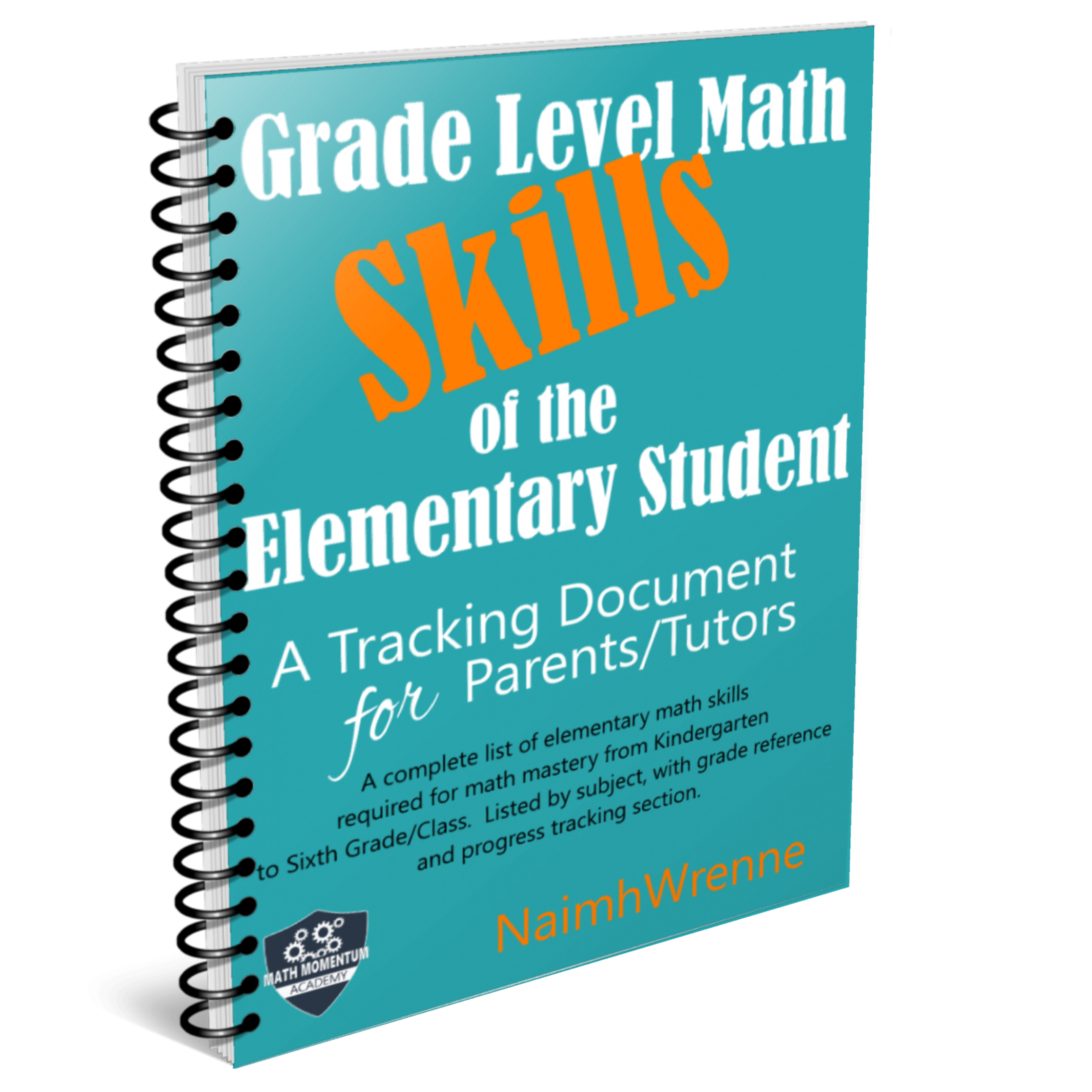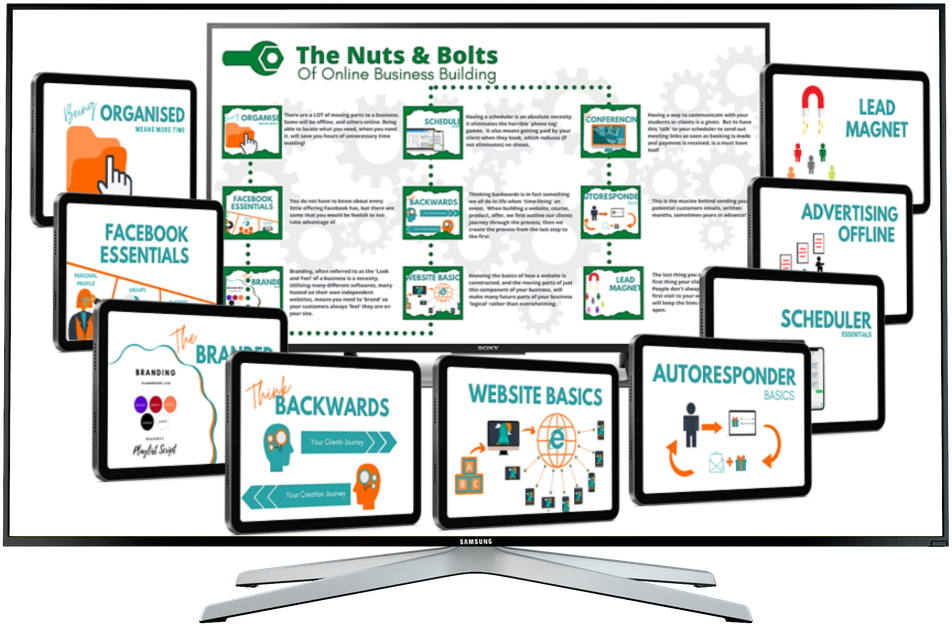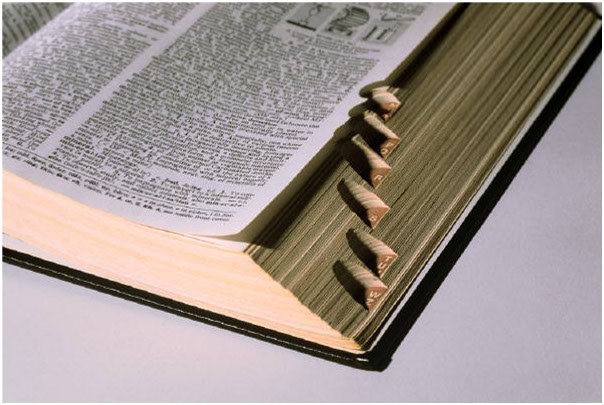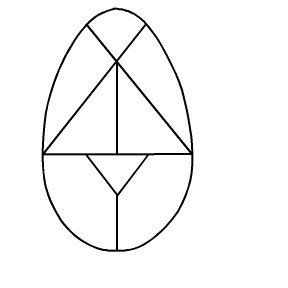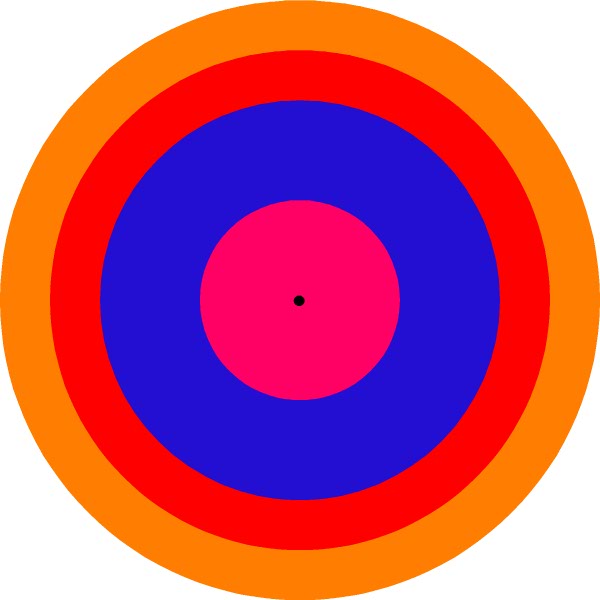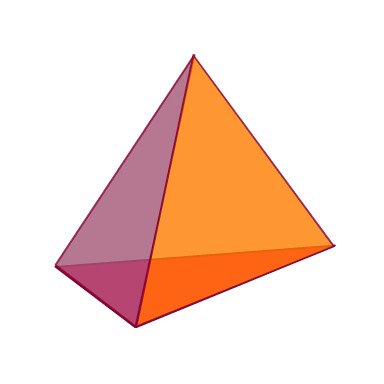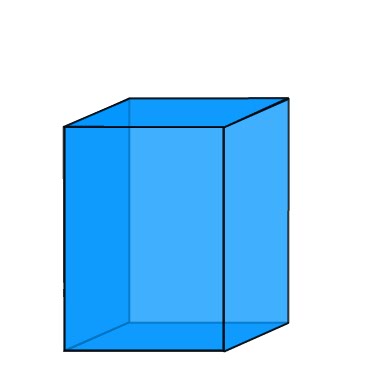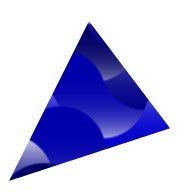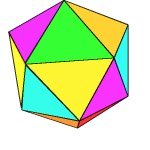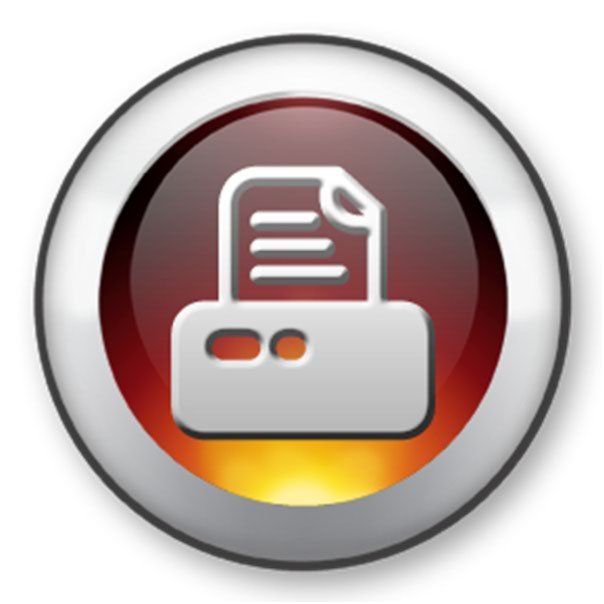The Rectangular Prism
Most commonly referred to as a Cuboid
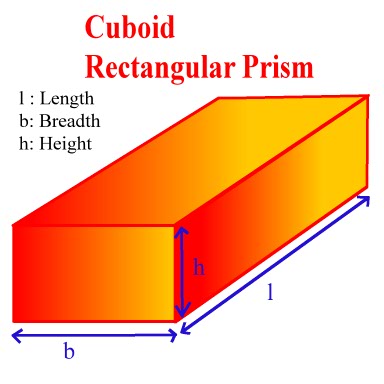
The rectangular prism can cause some problems for the K-6 student, not because it is complicated, but because they have not learned the organization of shapes properly. They have learned that a square is a square, and a rectangle a rectangle - but have failed to make the connection that a square is a rectangle.
But warning! Just because a square is a rectangle, does not make a rectangle a square
For these types of situations, I like to use something that kids are familiar with, such as fruit.
We have the group of foods called fruits. Now an apple is a fruit, an orange is a fruit, but this does not mean an apple is an orange!
So what is a Rectangular Prism?
We know that it is a prism, which means that it is made up of two identical shapes, which in turn are connected with straight and parallel lines.
As it is a Rectangular Prism, we know the two identical shapes are rectangles.
A rectangle is a quadrilateral, with four right angles and two pairs of lines equal in length and parallel to each other.
So, what is a Cuboid?
Cuboid is simply ANOTHER NAME for a Rectangular Prism!
Is a Cube a Prism?
The short answer - YES, but why?
A cube is a cuboid where all it's six faces are squares of equal size.
Look at the definition of a rectangle above. Does the square fit this description? Yes. It is a quadrilateral. It does have 4 right angles. They are all parallel and the opposite sides are of equal length. So a square is a rectangle, which means that a cube is a prism or a cuboid!
Click on the images below for more specific information on each.
I am sure you will find all the information and worksheets you need here, however if there is anything you cannot find please don't hesitate to contact me or simply visit the MathMomentumCommunity and join the conversation!
I love to hear from my readers, and with a little feedback and a few suggestions I can make this a great resource for parents, teachers and tutors alike.
Be sure to explore everything on this site starting at the home page.
Return from this Rectangular prism page to our other 3d Geometric Shape
or
Return to our k6 geometric shapes home page to explore more great basic geometry.
